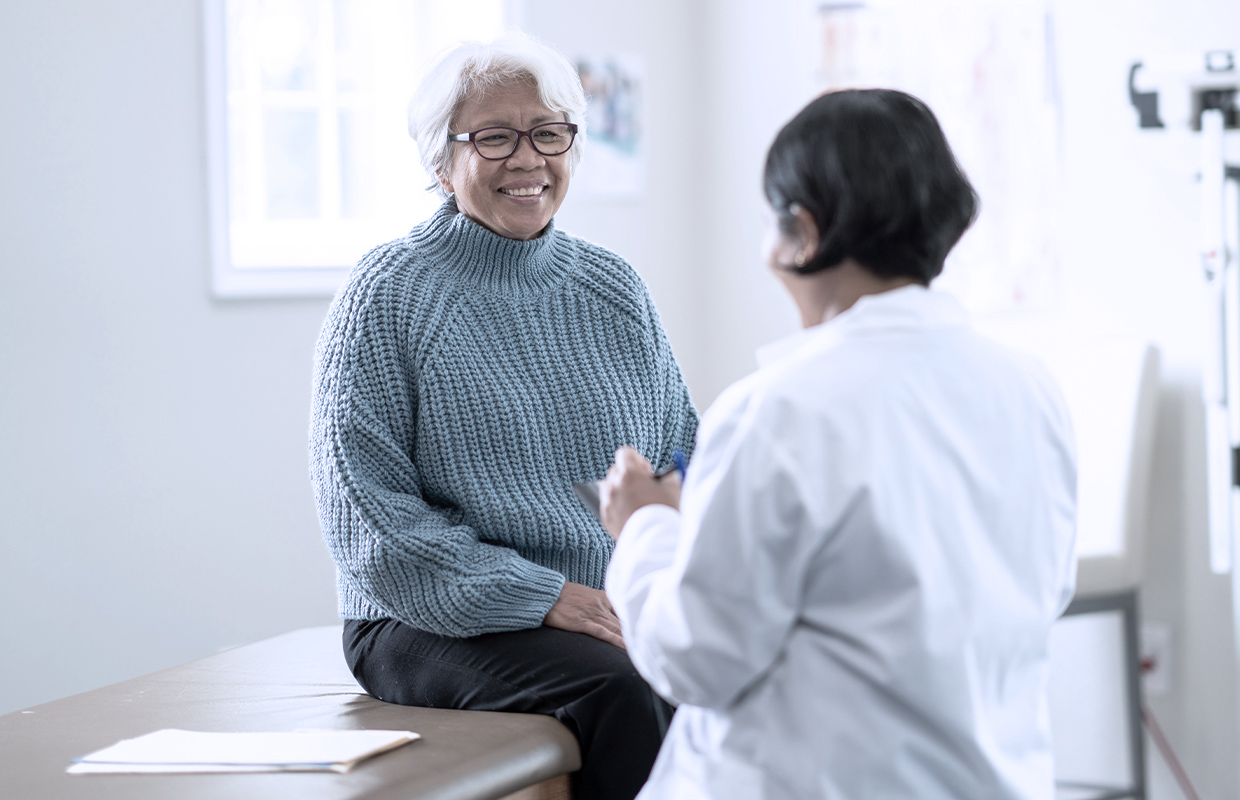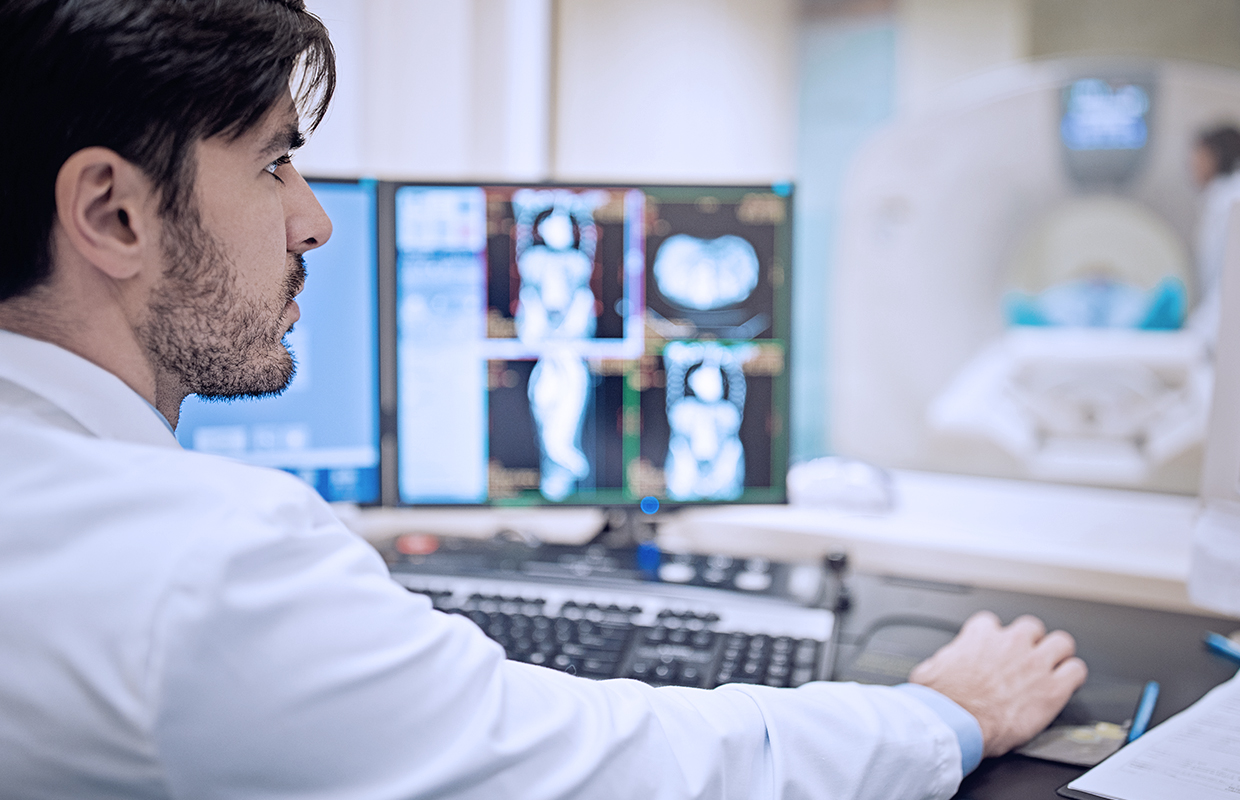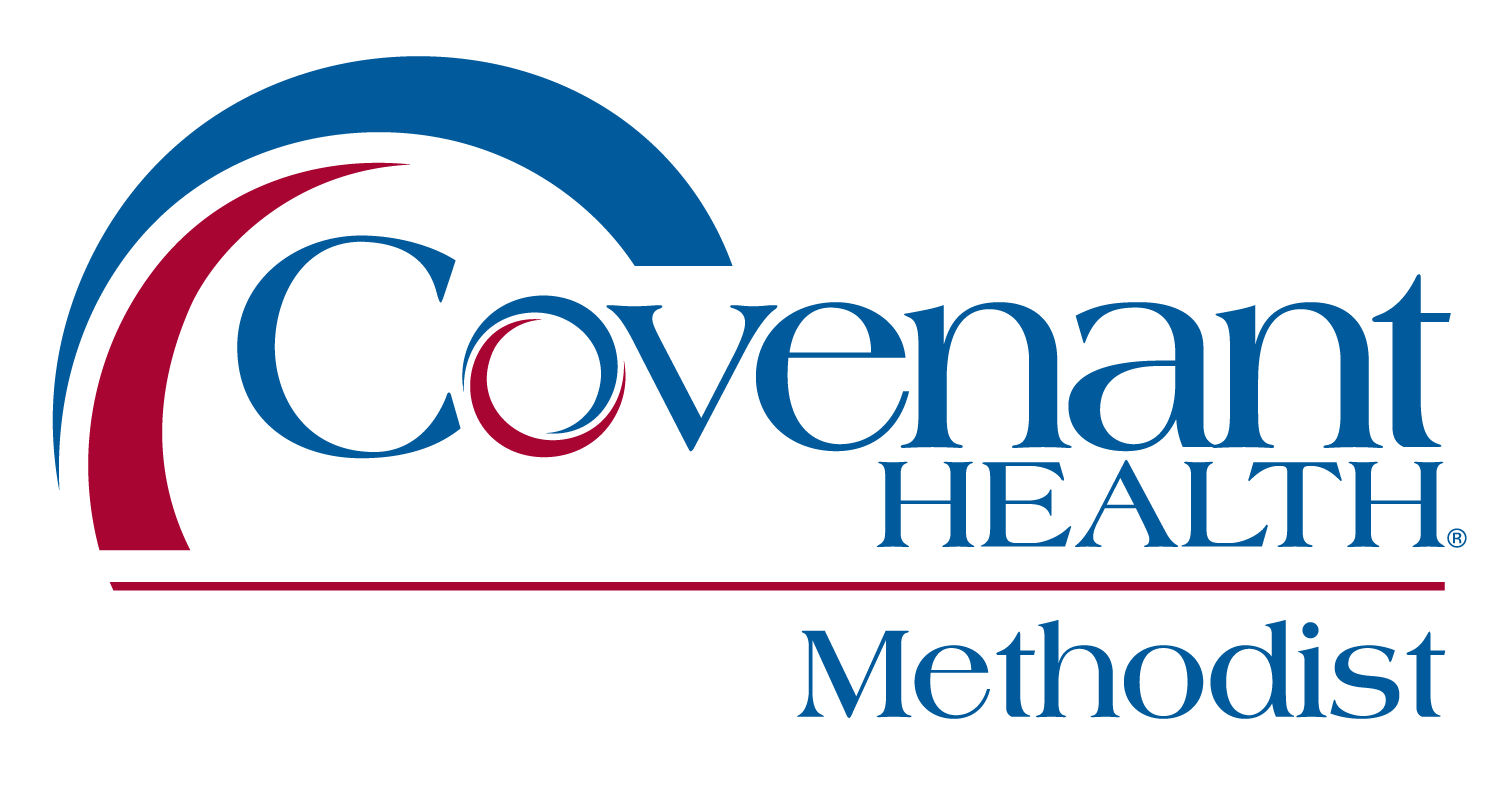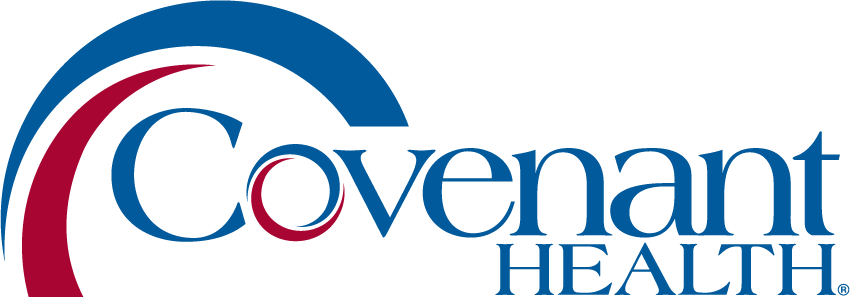Imaging Services at Methodist Medical Center
CT Scan

Computed Axial Tomography is also known as a CT or CAT scan. It is an imaging test that uses x-rays and computerized imagery to make detailed images of the body, including bones, muscles, fat, and organs.
All CT technologists at Methodist Medical Center are registered with the American Registry of Radiologic Technologists® (ARRT), with an advanced registry in Computed Tomography.
CT Scan Services
- CT Angiography
- Biopsies and drainages
- Enterography
- Orthopedic studies: spines and extremities
- Pediatric studies
- Routine head, neck, chest, abdomen, and pelvis studies
- 3D reconstruction/reformation
How to Prepare For Your CT Scan
- Please wear comfortable clothing.
- Arrive 15 minutes prior to your scheduled appointment to register.
- Bring a current written list of medications.
- Always inform the technologist if you are pregnant or may be pregnant.
- You may need to drink an oral contrast and wait for a period of time before your scan.
- All contrast exams will require you to be NPO (without food/drink for four hours) in order for the exam to be completed.
- If you are diabetic, please contact your ordering provider to determine the safest way to prepare for your exam.
- Some tests may require you to drink 40 ounces of water one hour prior to the appointment.
Upon arrival, you will be registered and escorted to the CT department where you will be asked about your medical history. If lab work is needed, it will be completed prior to the exam. Testing can take as little as 30 minutes, or may require a longer time, depending upon the exam requested by your physician.


Low Dose CT Screening…Where there’s smoke, there could be cancer.
Cigarettes have more than 50 chemicals that are known to cause cancer. In fact, lung cancer is the leading cause of cancer deaths in both men and women in the United States and worldwide. In the U.S., lung cancer is responsible for 29 percent of cancer deaths, more than those from breast cancer, colon cancer and prostate cancer combined. Statistically, lung cancer caused by smoking is responsible for nearly 135,000 U.S. deaths per year.
Early Detection
Yearly lung screening with low-dose CT (LDCT) has been shown to save lives by finding lung cancer early, when it is easier to treat. The goal of an LDCT lung screening is to save lives. Without LDCT lung screening, lung cancer is usually not found until a person develops symptoms. At that time, the cancer is much harder to treat. Studies have shown that early detection through an LDCT lung screening can lower the risk of death from lung cancer by 20 percent in people who are at high risk.
LDCT lung screening is recommended for the following groups of people who are at high risk for lung cancer. Those eligible are ages 55−77 who have smoked at least an average of one pack a day for 30 years. This includes people who still smoke or have quit within the past 15 years. Other risk factors for lung cancer include having cancer in the past, emphysema, pulmonary fibrosis, a family history of lung cancer and exposure to certain substances (including asbestos, arsenic, beryllium, cadmium, chromium, diesel fumes, nickel, radon, silica and uranium).
Those who have symptoms of a lung condition at the time of screening, such as a new cough or shortness of breath, are not eligible. Certain symptoms can be a sign that a lung condition is present and it should be evaluated and treated, if necessary, by a healthcare provider. These symptoms include fever, chest pain, a new or changing cough, shortness of breath that you have never felt before, coughing up blood, or unexplained weight loss. Having any of these symptoms can greatly affect the results of lung screening and may actually delay necessary treatment.
Easy Screening
LDCT lung screening is one of the easiest screening exams you can have. A technologist will explain the procedure prior to the exam and help answer questions. The exam takes less than 10 seconds. No medications are given, and no needles are used. You can eat before and after the exam. You do not even need to get changed as long as the clothing on your chest does not contain metal. You must, however, be able to hold your breath for at least six seconds while the chest scan is being taken. You can also breathe easier knowing Medicare now covers the cost of the CT lung cancer screening exam.
As with many exams, there are risks and limitations of LDCT lung screening. These may include:
Radiation exposure. LDCT lung screening uses radiation to create images of your lung. Radiation can increase a person’s risk of cancer. By using special techniques, the amount of radiation in LDCT lung screening is small—about the same amount a person would receive from a screening mammogram.
False negatives or positives. No test, including LDCT lung screening, is perfect. It is possible that you may have a medical condition, including lung cancer, that is not found during your exam. This is called a false negative. Conversely, an LDCT lung screening may find something in the lung that could be cancer but in fact is not. This is called a false positive. False positive tests often cause anxiety. In order to make sure these findings are not cancer, you may need to have more tests.
Rapid results
The results of your exam will be available to your physician within 24-48 hours of the screening. You may also access the results yourself by contacting the hospital’s medical records department. If requested by your physician, a CD will be provided prior to your discharge.
About one out of four LDCT lung screening exams will find something in the lung that may require additional imaging or evaluation. Most of the time these findings are lung nodules. Lung nodules are very small collections of tissue in the lung. These nodules are very common, and the vast majority— more than 97 percent—are not cancer (benign). Most are normal lymph nodes or small areas of scarring from past infections.
Less commonly, lung nodules are cancer. If a small lung nodule is found to be cancer, the cancer can be cured more than 90 percent of the time. That is why this screening can be such a life saver. To distinguish the large number of benign (noncancerous) nodules from the few nodules that are in fact cancer, more images may be necessary before your next yearly screening exam. If the nodule has suspicious features (for example, it is large, has an odd shape or grows over time), you will be referred to a specialist for further testing.
*Results should be available within 48 hours and will be sent to your ordering physician. Results can be viewed on your personal patient portal 96 hours after dictation.

Contact Methodist Medical Center
Please call 865-374-4730 if you have questions regarding your exam preparation. For any scheduling concerns, please call 865-374-4000.
Methodist Medical Center
- Hospital
- Laboratory
- Emergency Room

